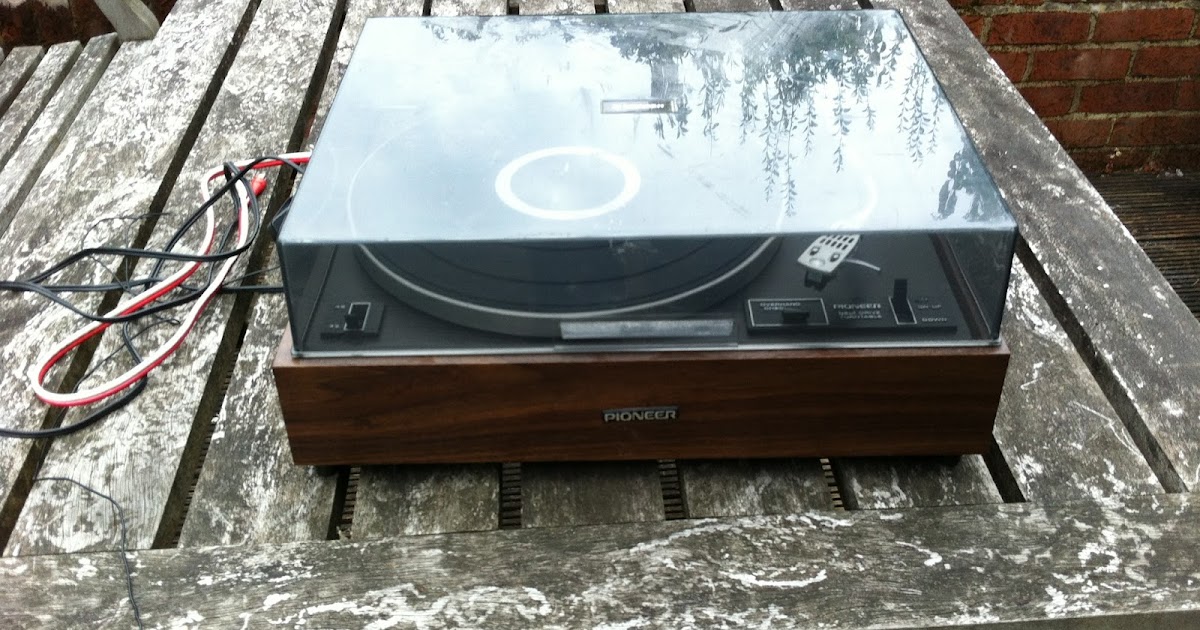Sushant Sharma
Well-Known Member
Bhaskar Jyoti Talapatra I have already made a post about the Technics on the Technics owners thread. With regard to the Pioneer PL10, I followed this page

This write up was such a great help. It was uncanny how I faced more or less similar issues that the writer has posted photos and described in much detail.
It (Pioneer PL12d) is more or less the same turntable from the inside as the pioneer PL10. Things I did were, the turntable is a spring suspended chassis and the springs have foam inserted inside the springs to dampen, which considering the age of this player 1974-1976, deteriorate and though they held their shape, they were basically just sawdust. Cleaned and inserted new foam inserts.
The center spindle that holds the platter has a screw you loosen to pull it out. It was gummed up and cleaned it with a Q tip and isopropyl alcohol and used sewing machine oil to lube and put back. Applied a thin layer of grease aswell. The tiny ball bearing at the bottom isn't brand new and had some spots on it even after thorough cleaning. It is a very inexpensive and easy to get part which I couldnt replace given that all shops are shut right now. There was a slight sound when the spindle whirled when I powered up the table after putting the spindle back but it settled down very soon thereafter.
Cleaned and lubricated a few of the moving parts other than this.
This turntable is spanking new and shiny inside possibly because it just lay somewhere in a box since 1974, so I opened it up more out of curiosity. Nothing much was required to be done. It has minimal parts when compared to the Technics SlQ3 and I was just happy to just double check things like the speed button, the arm lift lever and the tonearm.
mpw nice idea to replinth, but the Pioneer is in such good shape that I dont feel like changing anything. The Technics just seems like it will look ok with the battle scars and somehow I am thinking they look better with their industrial kind of look and a wood plinth might not look so good. Having said that, I have seen some on the internet that's dont look half bad.



This write up was such a great help. It was uncanny how I faced more or less similar issues that the writer has posted photos and described in much detail.
It (Pioneer PL12d) is more or less the same turntable from the inside as the pioneer PL10. Things I did were, the turntable is a spring suspended chassis and the springs have foam inserted inside the springs to dampen, which considering the age of this player 1974-1976, deteriorate and though they held their shape, they were basically just sawdust. Cleaned and inserted new foam inserts.
The center spindle that holds the platter has a screw you loosen to pull it out. It was gummed up and cleaned it with a Q tip and isopropyl alcohol and used sewing machine oil to lube and put back. Applied a thin layer of grease aswell. The tiny ball bearing at the bottom isn't brand new and had some spots on it even after thorough cleaning. It is a very inexpensive and easy to get part which I couldnt replace given that all shops are shut right now. There was a slight sound when the spindle whirled when I powered up the table after putting the spindle back but it settled down very soon thereafter.
Cleaned and lubricated a few of the moving parts other than this.
This turntable is spanking new and shiny inside possibly because it just lay somewhere in a box since 1974, so I opened it up more out of curiosity. Nothing much was required to be done. It has minimal parts when compared to the Technics SlQ3 and I was just happy to just double check things like the speed button, the arm lift lever and the tonearm.
mpw nice idea to replinth, but the Pioneer is in such good shape that I dont feel like changing anything. The Technics just seems like it will look ok with the battle scars and somehow I am thinking they look better with their industrial kind of look and a wood plinth might not look so good. Having said that, I have seen some on the internet that's dont look half bad.





